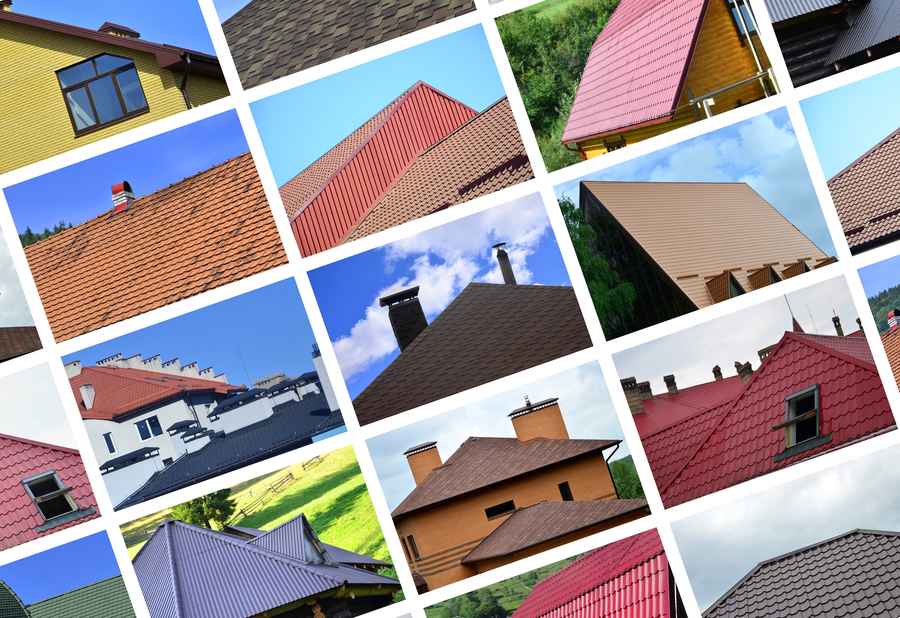Introduction to Roof Pitch
One aspect of roofing that is often overlooked is roof pitch. Essentially, roof pitch refers to the steepness or angle of a roof. This angle plays an important role in determining how well a roof can shed water and snow, as well as its overall aesthetic appeal. Understanding roof pitch is vital for homeowners and builders alike, especially in areas prone to heavy rainfall or snowfall.
In this blog, we’ll explore what roof pitch means, the different types of roofs — including pitched roofs, low-slope roofs, and flat roofs — and how these factors can affect your roofing decisions.
What is Roof Pitch?
At its core, roof pitch is defined as the ratio of the roof’s vertical rise to the horizontal run. This is typically expressed in terms of inches per foot. For instance, if a roof rises 4 inches for every 12 inches of horizontal run, its pitch is 4:12. Roof pitch affects not only the look of your home but also its durability and the types of materials that can be used.
Pitched Roof: The Classic Choice
A pitched roof is one of the most common styles in residential architecture. It comes in various designs, including gable, hip, and mansard styles. The angle of a pitched roof not only enhances the roof’s ability to shed rain and snow but also creates additional space in the attic, which can be utilized for storage or transformed into living areas.
Advantages of a Pitched Roof
-
- Effective Drainage: Pitched roofs allow water to run off quickly, reducing the risk of leaks and water damage.
-
- Energy Efficiency: The additional attic space can provide extra insulation, helping maintain comfortable indoor temperatures.
-
- Aesthetic Appeal: Pitched roofs can significantly enhance the curb appeal of your home, increasing its market value.
Low-Slope Roof: A Modern Option
A low-slope roof is characterized by a gentle slope, typically ranging from 2:12 to 4:12. This design is often found in commercial buildings, but it is becoming popular in modern residential designs as well.
Considerations for Low-Slope Roofs
-
- Water Drainage: Low-slope roofs require careful planning to ensure adequate drainage since water may accumulate if not properly managed.
-
- Material Choices: Asphalt shingles may not be suitable for low-slope roofs; instead, materials like single-ply membranes or rubber roofing are preferred for their waterproofing qualities.
Flat Roof: Stylish but Challenging
As the name implies, a flat roof appears to be level, although it typically has a slight pitch for drainage purposes. Flat roofs are commonly used in contemporary architecture and can offer unique advantages.
Pros and Cons of Flat Roofs
-
- Space Efficiency: Flat roofs can be used as outdoor terraces or rooftop gardens, maximizing available space.
-
- Cost-Effectiveness: Flat roofs can be cheaper to install than pitched roofs.
-
- Maintenance Challenges: They require regular maintenance due to their susceptibility to leaks and pooling water.
Factors Affecting Roof Slope Selection
When choosing the roof slope, consider the following factors:

-
- Climate: Areas with heavy snowfall may benefit from steep roofs to prevent snow accumulation, while regions with less precipitation can manage with lower pitches.
-
- Local Building Codes: Check with your municipality, as there might be regulations regarding roof pitch for safety and aesthetic reasons.
-
- Aesthetic Preference: Choose a roof design that complements your home’s architectural style, which can impact resale value.
-
- Material Considerations: Different roofing materials are suited for various pitches; ensure that the choice you make aligns with the roof’s slope.
Final Thoughts on Roof Pitch
Understanding roof pitch is integral to making informed decisions regarding your roofing needs. Whether you choose a steep-pitch roof, a classic pitched roof, a low-slope roof for a modern twist, or a flat roof for innovative space utilization, knowing the implications of your choice will lead to a more satisfying outcome. Visit us at Brown’s Roofing to learn more about our roofing services.
For further assistance navigating the roofing industry or in choosing the right roof for your home, visit us at Brown’s Roofing or contact us today for a free consultation. Proper roofing is an investment in your property’s future — make it count!
